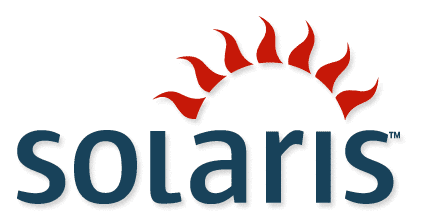 Political Posturing Holding Up Solaris, But Coming!Mika Borner
Political Posturing Holding Up Solaris, But Coming!Mika Borner, leader of the
Switzerland OpenSolaris User Group, which is sponsored by the Advocacy Community Group, recently had a
NDA discussion with Dan Roberts (Director of Solaris Product Management.) His impressions of the future of Solaris have been recorded for all to see:
Oracle is still working out, how Solaris/Solaris Next/OpenSolaris will play together. As I understood, this is the main reason why OpenSolaris 2010H? is delayed.
New Solaris and/or SPARC releases on the way.
I can't tell you about the future of Solaris, but I see it quite rosy. The promises Oracle has made about Solaris/SPARC have/will more or less be fulfilled. There will be some interesting announcements ;-)
...
My personal opinion is, that Oracle will invest more into (Open)Solaris than they will in Oracle Unbreakable Linux. In the former Oracle has full control, while the latter has to follow RHEL development closely.
The biggest question at the moment is, will OpenSolaris 2010H? come out at all, and if yes, when... Honestly I don't know, but Oracle Open World could be a good time to release it.
 New Solaris Releases During OpenWorld?
New Solaris Releases During OpenWorld?
The question seems to be WHEN and HOW will the latest releases be conducted, not necessarily IF. Speculation seems to point around
Oracle Open World 2010 in September. How this seems to it in could be tied into the various agenda items.
Oracle and Fujitsu Keynote Addresses, for SPARC Solaris communities.
Oracle and Intel Keynote Addresses, for Intel Solaris (and Linux & Microsoft) communities.
While never attending an Oracle Open World in the past, one would certainly be interested attending the next one virtually!
 New UltraSPARC T3 Release During OpenWorld?
New UltraSPARC T3 Release During OpenWorld?What the SPARC community is waiting for, with much anticipation, is the arrival of
UltraSPARC T3 processor. This processor will help the SPARC community jump ahead of the competition in the central processor community for the next few years again.
The UltraSPARC T2, while still competitive from an aggregate socket performance perspective, is a little weak on cost competitiveness. With the doubling of cores on the T3, cost competitiveness should be increased.






